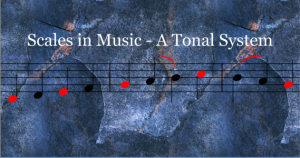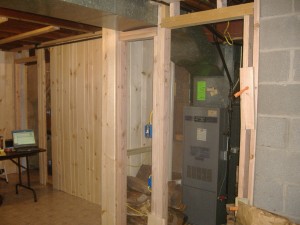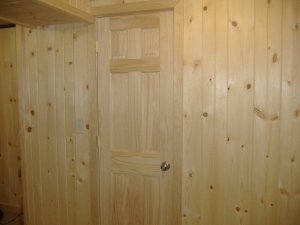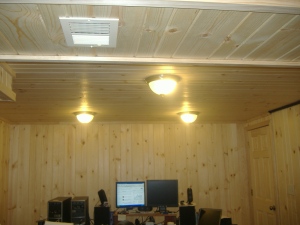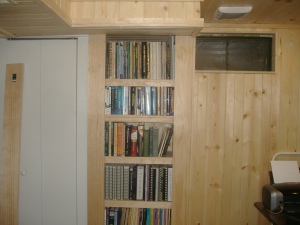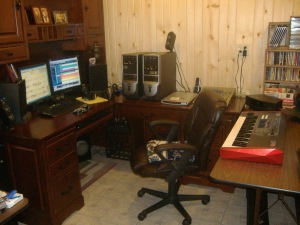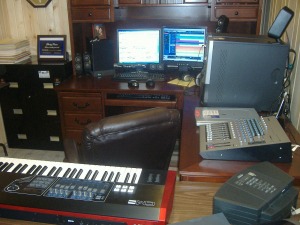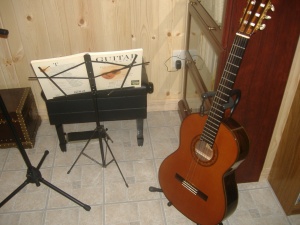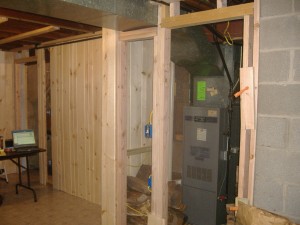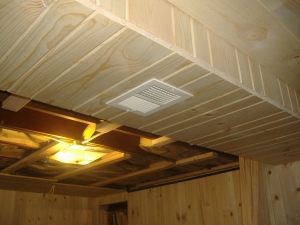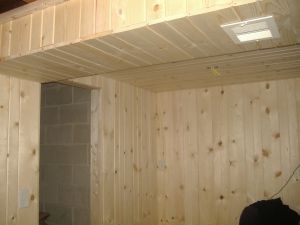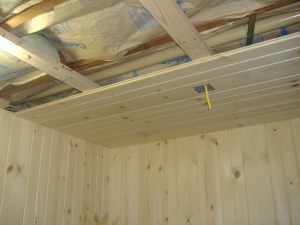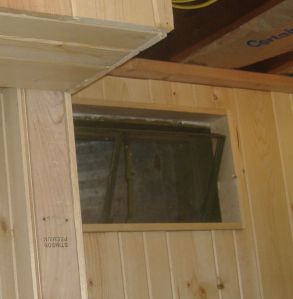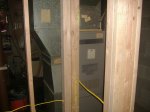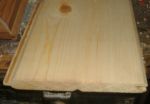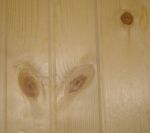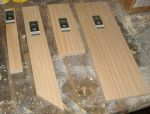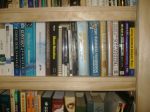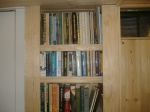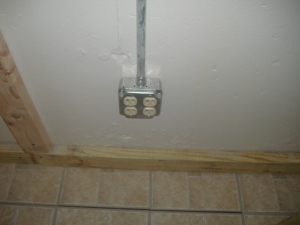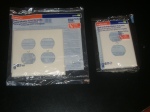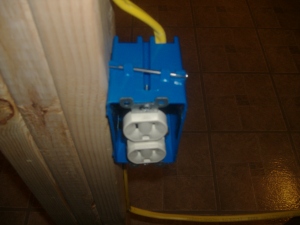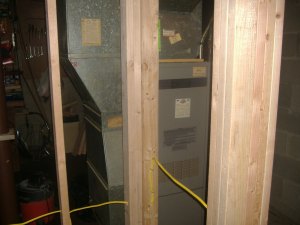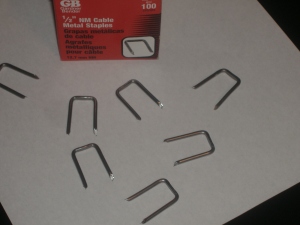
Scales in Music – A Tonal System
Acoustics of Music – 9-Part Article Series
Series Introduction
Welcome to the series introduction for Acoustics of Music. It is my hope that those of you who reach to this series can invest enough of your time to review the entire collection of articles presented here. I sincerely hope that you find value and that you find this series an excellent resource to further build upon your existing knowledge or to begin establishing a solid basis for understanding the acoustical characteristics of sound. I would appreciate your efforts to suggest or to encourage others who you feel would gain from this presentation to stop in for a visit. Thank you for your time!
Opening Comments – I remember when I first introduced the scales in music and when I began to compose music. The scales were originally introduced to me by my grade school teacher while learning to play the flute-o-phone. I had learned a lot about notes and how to play them but what was missing was an understanding of what made it possible to not only understand the basics of performing music but for initiating my interest in the creation of music as well. I wanted to know the acoustics of music and the underlying principals of it.
Further, and more important to me was the answer to this question; what are the underlying principals and tools needed to create this thing called music, from a composer’s perspective, especially one who has delved into the digital world of music production?
My attempts to answer that question have led me to understand more about the structures and characteristics of sound as well as the use of musical scales. My continued efforts to learn everything I could about scales and music composition resulted in what I am now referring to as a Tonal System – Scales in Music. That is, a closed system of the structures used in music for formulating new compositions, understanding existing music in more detail and deepening my appreciation for music. Even though the system itself is a closed system, it offers an unlimited sonic arena in which to play and to create music.
For anyone interested in learning that information, you will find this article series useful. These fundamentals are and remain the relevant foundation for enhancing your appreciation of music, for maximizing your abilities for engineering sound and for creating music.
Prerequisite Study
In recent articles posted on my official blog, I have presented information about various fundamental aspects of music including information about the basic characteristics of sound, tempo, the grand staff, notes and note values, etc. You will find them useful as adjunct studies or prerequisite studies for this new series about acoustics. I believe they can serve as a well rounded introduction to music and/or to provide a decent review for others who have a stronger background in music and composition or for those who simply wish to brush up on relevant information.
Certainly, in the least, this collection of articles can help you to broaden your understanding of the fundamentals of sound and of music, to come to know many of the tools a composer uses in his or her craft and to extend your overall appreciation of music in a general sense.
Lastly, it is possible that through these articles you can be so creatively aroused as to awaken in you that unique desire to compose your own music. On that basis, it would thrill me to know that I was instrumental in causing that to happen.
Overview
The title of this article series is Scales in Music – A Tonal System – Acoustics of Music. This set of articles is the first part of a collection of articles to be written about the structures and concepts used in music and music composition. Therefore, it is a chapter in essence of a much larger collection of articles related to music.
Acoustics of Music Series – With that said, this nine part article series Acoustics of Music takes a different and slightly more advanced approach than my original article titled Characteristics of Sound. It will broaden your understanding of the key and relevant knowledge that is vital and useful as you advance your current knowledge of music, begin a new study of music and/or to pursue and further your interests in composing more and hopefully better music.
What I hope to convey to you is an understanding of how a collection of tones or notes, when grouped together, within specific limitations, make up a useful and musical tonal system that enables composition and the performance of music. In order to do that, we must first begin by looking at the biological mechanism, the human ear, which receives external sound and causes our brain to understand the differences in the characteristics of that sound.
We will then proceed with reviewing the main principals within the field of acoustics that play an important role in music and music making. These presentations will demonstrate the underlying concepts of the characteristics of sound. This series is a more scientific approach to deepen your understanding about them. They are also the fundamental concepts necessary to know when working with sound as a business owner or an employee in such areas as mastering music, restoring sound tracks, engineering samples, manipulating recorded sound, mixing and mastering music and other work related to sound.
The complete study of sound, specifically as an in depth study of the science of acoustics, goes way beyond the intended scope of this article series however we believe it is necessary to provide some of the fundamental and essential information relative to the study of music and music production, all of which are parts of this articles series. The more you advance along your musical journey the more you will want to learn more about them. So, based upon your interests, if you haven’t already, I would urge that you consider the study of acoustics.
Whenever possible and appropriate we will provide throughout this series of articles, photos, sound clips and short videos demonstrating the concepts being discussed. We feel this multimedia approach will help to solidify your understanding of the concepts being presented.
Lastly, throughout the articles are links to external and additional resources for you to continue researching any concepts and principals in music you are interested in looking further into. In most cases they will be to educational resources rather than simply blog post made by others. Whenever possible, these links will include; lectures at colleges and universities, videos presenting the concepts further and other links of value.
Acoustics of Music Series – Article Links
All of the articles included in the series Acoustics of Music are now posted and complete with the exception of the Glossary of Musical Terms as that post is linked to the entire series Scales in Music – A Tonal System and will be periodical revised. Hopefully this introduction page will help you more easily navigate to the specific article you wish to study or review. Also, I have added a new category which was set up to make it easier to find the series no matter what page you are on in this website. It is in the right sidebar called Categories.
Please feel free to come back when you are in the neighborhood to review the content of the whole series.
Series Introduction – Part 1 – This is the part you are reading now. Please continue your perusal of this excellent article series by proceeding to Part 2 below.
Audible Range of Human Hearing – Part 2 – is a basis point, human hearing. Without the ability to hear sound creating music and enjoying music must be done through another modality than through hearing. We will explore the two main limiting factors that become our strengths in music composition and in our enjoyment of music.
Acoustic Principals – Frequencies – Part 3 – begins with a closer look into one of the main principals of acoustics, frequency. This principal provides a strong foundation for understanding sound and it establishes a means for the discovery of how musical scales are created.
Chart of Frequencies – Part 4 – is an extension of Part 3. It includes a really cool chart showing all of the frequencies in each of eight octaves of sound. Within this article you will also discover the commonalities and the differences between the frequencies or notes used in music.
Fast Fourier Transform – Part 5 – For those not knowledgeable about this interesting technological tool, this introduction certainly will allow you to not only become familiar with it in a basic sense but it will help you to understand how sound engineers actually work with sound frequencies and their waveforms to “tweak” the characteristics of sound. The article demonstrates a unique comparison of frequencies.
Acoustic Principals – Amplitude – Part 6 – describes the principal of amplitude or the principal of loudness as related to sound and presents another very cool tool that assists in engineering sound.
Acoustic Principals – Overtones – Part 7 – adds more information about the overtones within the sound spectrum beyond that included in the article Characteristics of Sound. You will also discover the harmonic relationships of the sounds produced on a guitar string as well as the basic methods of producing sound on various musical instruments.
Conclusion – Part 8 – concludes this series which focuses on acoustics of music. Includes a brief summary and additional comments.
Glossary – Part 9 – defines some of the important words used within this series to help in your understanding of the language of music and music making.
The nine parts of the article series Acoustics of Music will help to set into place a solid foundation based upon principals of acoustics setting the foundation for us to proceed to discover scales in music and it puts us on the pathway for discovering the complete tonal system. They are collectively the first “section” if you will, for understanding scales in music and the bigger tonal system in music which is the main purpose of this series of articles as a whole.
Future Plans
Moving forward from a basic study of the acoustics of music I am planning to post, over time, 9 additional “sections” to enhance your overall knowledge of music and music composition. I’ll speak more about that in a minute.
The next section is currently underway and it is called simply Music Theory. It is a multimedia series of articles reviewing the many aspects of music theory including; notes, rests, dotted notes and rests, staff lines, repeats, enharmonic notes, scales in music, the circle of fifths, intervals, chords, etc.
What makes this series on music theory different than most you currently find on the internet today is that each tool in the composer’s toolbox is discussed in depth with charts, mp3 clips and related videos to bring home significant points. In essence, it is a multimedia on-line music theory course which is part of the overall series titled Scales in Music – A Tonal System.
Scales in Music – A tonal System is a book I’ve been trying to write for a long time. It is about music and the concepts within the field of music and music composition that are designed from a composer’s perspective. It is also a living project in so far as it is not finished and in fact I am writing it even now.
Regularly I post each new “part” on my official blog. I plan on updating this post with a link to each new article as it is posted. I will include a brief summary as well. The entire project will be available at my Official Blog. Please feel free to stop in any time. I look forward to your participation, comments, suggestions and mostly the friendship.
Don
Please proceed with Part 2 titled – The Audible Range of Human Hearing.
Posted in Articles Series, Blog Roll
Tags: acoustics, acoustics of music, Don Rath Jr, frequencies, introduction, music, series introduction, sound

